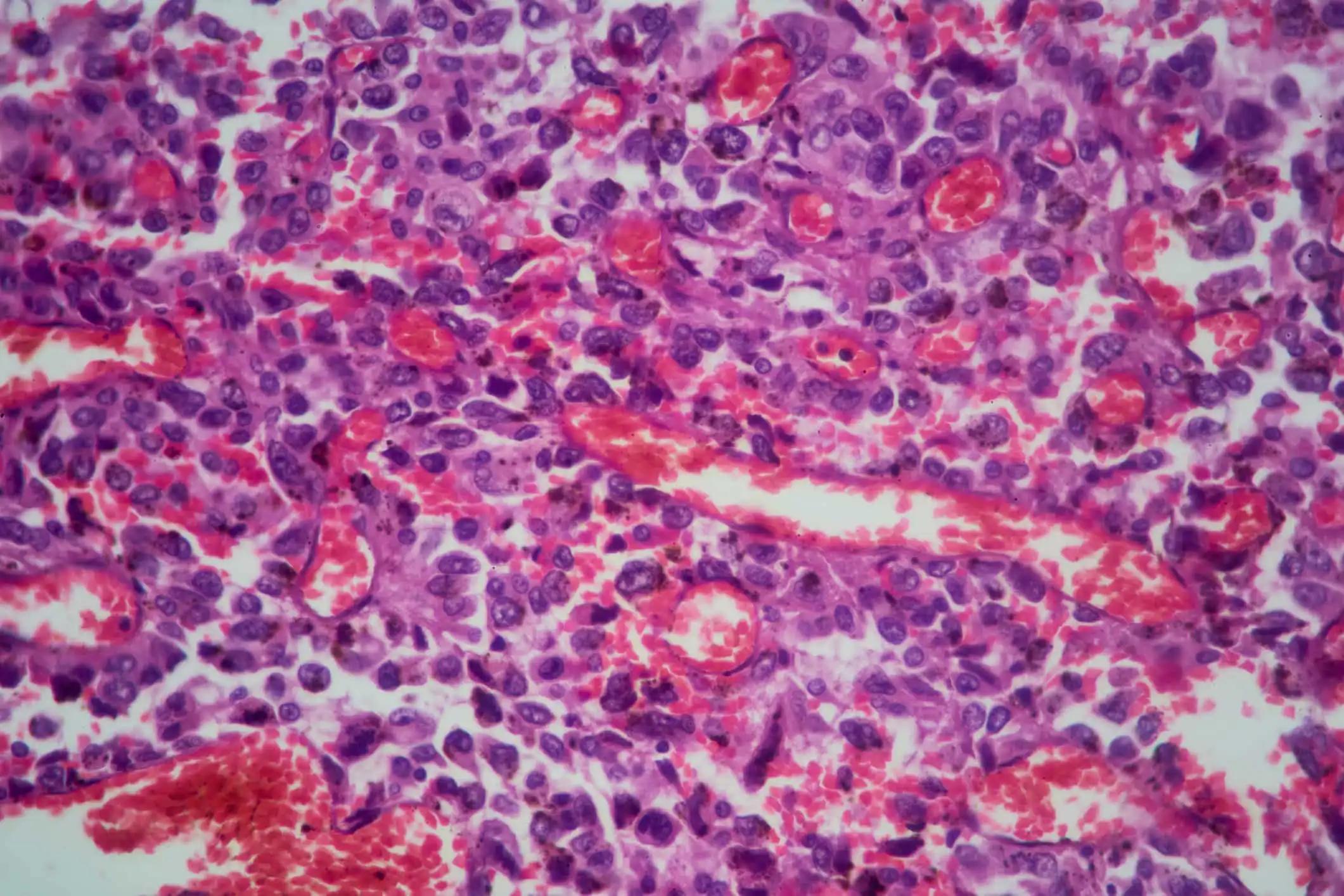KEY TAKEAWAYS
- The Phase 3 trial aimed to investigate the efficacy of mitapivat in improving hemoglobin levels in non-regularly transfused pts with PKD.
- The primary endpoint was to determine Hb response.
- Researchers noticed that adult pts with PKD did not show early hemoglobin improvements with mitapivat.
Pyruvate kinase deficiency (PKD) is a rare hereditary disorder causing chronic hemolytic anemia and complications such as iron overload. Mitapivat is a first-in-class, oral, allosteric activator of PK, approved in the United States by the Food and Drug Administration for the treatment of hemolytic anemia in adults with PKD, and in the European Union by the European Medicines Agency and in Great Britain by the Medicines and Healthcare products for the treatment of PKD in adults.
In the ACTIVATE trial (NCT03548220), mitapivat exhibited substantial improvements in hemoglobin (Hb) levels, with 40% (16/40) of non-regularly transfused patients (pts) meeting the primary endpoint of Hb response (≥1.5 g/dL increase from baseline [BL] sustained at ≥2 scheduled assessments at Weeks [Wks] 16, 20, and 24 in the fixed-dose period) compared with 0 for placebo (PBO).
A post-hoc analysis revealed that 3 patients initially not meeting the endpoint achieved Hb improvements ≥1.5 g/dL during the fixed-dose period and long-term extension (LTE). Factors contributing to delayed Hb improvements with mitapivat remain unexplored. Chronic hemolysis and associated iron overload may potentially interfere with erythropoiesis, limiting the initial Hb response.
Eduard J. Van Beers and his team aimed to assess these dynamics, providing valuable insights into the efficacy of mitapivat in addressing hemolytic anemia associated with PKD.
They performed an inclusive analysis within the global, phase 3 randomized, placebo-controlled ACTIVATE trial involving 80 pts. Randomized at a 1:1 ratio, subjects received either mitapivat or PBO for a 12-wk dose-optimization period (5/20/50 mg twice daily), followed by a 12-wk fixed-dose period. Patients who completed the ACTIVATE trial were eligible to transition into the LTE, wherein all individuals received mitapivat (pts randomized to PBO in ACTIVATE that received mitapivat in LTE completed a 12-wk dose-optimization period [5/20/50 mg twice daily] and then continued on optimized mitapivat dose).
The analysis focused on participants who did not meet the protocol-defined endpoint (≥1.5 g/dL increase from BL sustained at ≥2 scheduled assessments at wks 16, 20, and 24 in fixed-dose period). However, these individuals exhibited a delayed Hb response, defined as a ≥1.5 g/dL increase from BL in hemoglobin at least twice, with the 2nd improvement not occurring until the initiation of the LTE. The data reported by the research team include changes in Hb levels and LIC up until the last available time point for all pts.
About 6 pts (3 originally randomized to mitapivat and 3 originally randomized to PBO; all received mitapivat in the LTE) fulfilled the criteria for a delayed Hb response, occurring between wks 36 and 120 after initiating mitapivat treatment. The median (Q1, Q3) improvements from BL in hemoglobin (Hb) were 1.7 (1.3, 1.7) g/dL at Wk 60.
Among these pts, 5 out of 6 demonstrated early improvements in hemolysis. At Wk 12, the median (Q1, Q3) change from BL in indirect bilirubin was -28.3 (-48.6, -18.5) µmol/L. Additionally, the reticulocyte percentage exhibited a median (Q1, Q3) change from BL of -11.5 (-19.6, -3.7) % at the same time point.
A trend was observed in liver iron concentration (LIC) among these pts. In 5 out of 6 cases, decreases in LIC were noted, with a median (Q1, Q3) change from BL in LIC of -1.3 (-2.0, -0.2) mg Fe/g dry weight at Wk 72 (measured every 24 wks). Two of six pts had BL LIC >5 mg Fe/g dry weight. Both pts (one on chelation) experienced improvements in LIC which corresponded with increases in Hb.
The study concluded that adult pts with PKD, who do not exhibit early hemoglobin improvements (≥1.5 g/dL) with mitapivat, may still undergo a delayed hemoglobin response, typically preceded by enhancements in hemolysis. Furthermore, individuals with BL iron overload may witness reductions in liver iron concentration (LIC) that correspond to increases in hemoglobin levels. The observed improvements in hemolysis and LIC during mitapivat treatment suggest the potential for an eventual hemoglobin response, even in cases where early improvements of ≥1.5 g/dL are not initially observed.
The study is sponsored by Agios Pharmaceuticals, Inc.
Clinical Trial: https://clinicaltrials.gov/study/NCT03548220
Beers E J V, McGee B, Xu R, et al. (2023). “Improvements in Markers of Hemolysis and Liver Iron Concentration in Mitapivat-Treated Adult Patients with a Delayed Hemoglobin Response.” Presented at ASH 2023 (Abstract 142).



